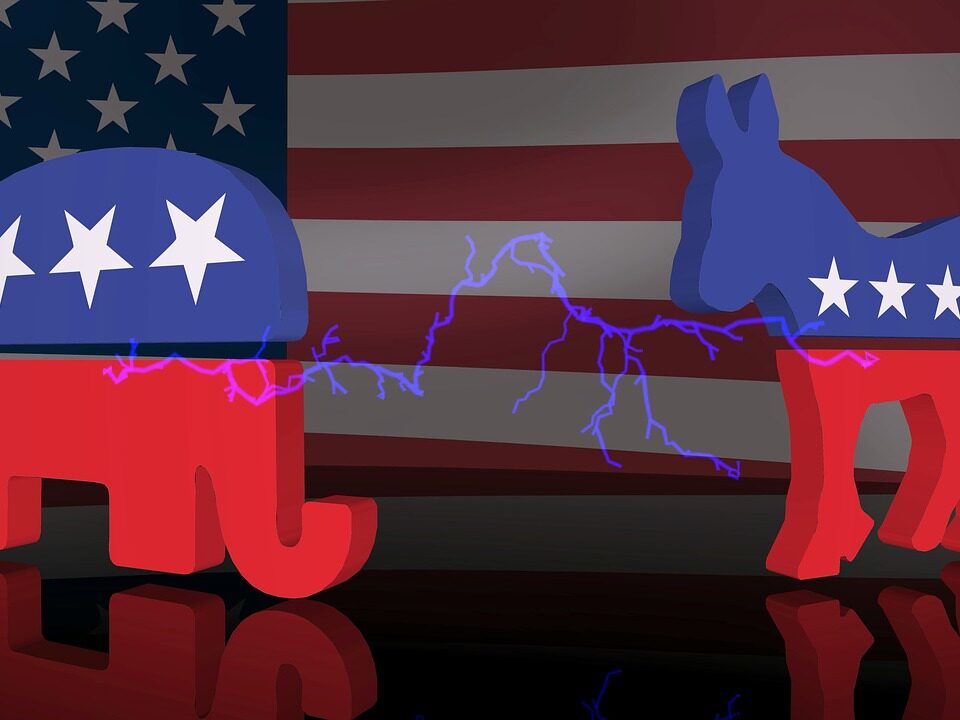
The Best Places to Grow Old
October 5, 2017
Weekly Economic News Roundup: From Healthy Food to Fat Taxes
October 7, 2017My LG washing machine was more expensive than it should have been.
The reason takes us to washing machine dumping and tariffs.
The Washing Machine Wars
My Korean-made washing machine (and others like it) was the target of a complaint that Whirlpool filed with the US Department of Commerce at the end of 2011. According to Whirlpool, Korean firms had received subsidies that let them sell cheaper washing machines to U.S. consumers. In world trade terms, they were “dumping.” The U.S. responded with tariffs that elevated the prices of the LG and Samsung machines.
Still though, Whirlpool lost market share. The Korean firms were making sleek looking machines that were the first to have had appealing end-of-the-wash chimes rather than irritating buzzers. Equipped with innovative devices that buyers liked, they had a “wow factor.”
The WTO
To make a long story much shorter, we just need to know that the World Trade Organization (WTO) was asked to settle the conflict. As a trade dispute “forum” committed to encouraging trade, the WTO has no enforcement power. Still though, it offers a resolution for countless disagreements.
For the washing machine complaint, it had to decide if Korea had engaged in “dumping” and whether the U.S. had the right to retaliate. Last year the WTO said there was no dumping.
The dumping decision is one of many that involve the WTO’s 164 members. Below, I just focused on the U.S.:
Our Bottom Line: Tariffs
Having gotten no international remedy, Whirlpool asked the U.S. Department of Commerce to rule that it suffered “serious injury.” If they get a yes, then a 1970s “safeguard” law says the President can provide a remedy. The remedy could be a tariff that elevates price, a quota that limits import totals, or a marketing agreement.
Most economists believe that trade barriers raise prices, reduce variety, and dampen innovation. To show why price is higher from tariffs, they could refer to the following graph:
Like the graph indicates, tariffs made my LG machine more expensive.
My sources and more: Yesterday’s WSJ and NY Times provided an update for this past econlife. And if you like the technical detail, this legal discussion of the case is for you. Most fun though was this World Trade Organization interactive map.
Finally, we should note that LG and Samsung are planning to build U.S. factories in Tennessee and South Carolina.
![econlifelogotrademarkedwebsitelogo[1]](/wp-content/uploads/2024/05/econlifelogotrademarkedwebsitelogo1.png#100878)






